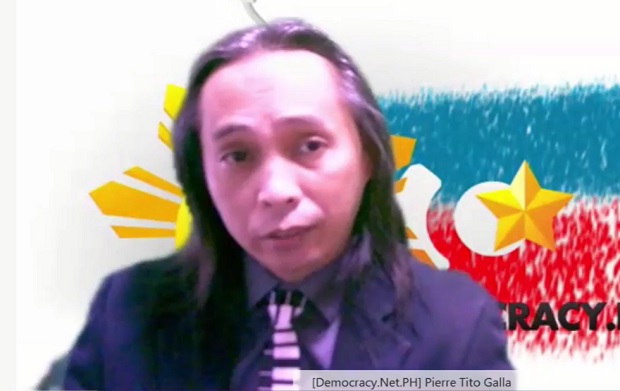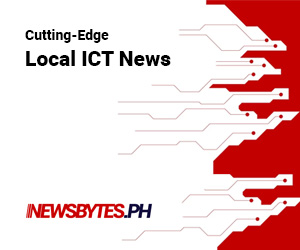Recently, the Grab buyout of Uber has caused quite a stir in the Metro Manila commuting public. One area of worry is that the lack of competition will cause transport network vehicle service (TNVS) fares to skyrocket.
In response to public concern, the Philippine Competition Commission (PCC) has put out a call for comments on this issue.
One observation that ICT advocates have had with regard to the whole messy situation involving the Land Transportation Franchising and Regulatory Board (LTFRB), the TNVS companies, and the commuting public is that the LTFRB has been trying to force-fit old models of regulation to disruptive technologies and business models.
This is reminiscent of how in the early days of steam-powered trains, various critics viewed the then new technology and mode of transport as suspicious and fearsome.
The way forward lies in concepts that ICT advocates have been practicing in the area of policy-making: technological neutrality and future-proofing.
Technological neutrality means that a policy must not be tied to a mode of technology; instead, a policy must be written such that it can be made to apply to any past, current, and potential technologies.
For example, in the regulation of transport vehicles, it is not sensible to focus regulation specifically on the displacement of a vehicle’s gasoline or diesel internal-combustion engine; how would it be made to apply to new vehicles that are running on electric motors and fuel cells, or to “classic” vehicles that run on charcoal gasification?
This then brings to the fore the importance of future proofing as well. A regulation must be written not just for the present, but for the future. It is inconvenient for a regulation to become obsolescent, as new regulations have to be rushed; why not, then, write regulation that is reasonably forward-looking?
A framework for transport regulation
New technologies have changed the way we view and use public transport; however, there has not been much change in public transport fundamentals.
A person who wants a ride somewhere makes contact with a driver, the person is then driven to the desired destination, and some compensation is exchanged for the trip. Three steps that fit practically all types of public transport.
Here’s a proposal: instead of force-fitting motorized public transport into a single category for regulation, why do we not create four categories of public transport services?
- First category: ride-hailing service. Definition: any mechanism that allows a commuter to connect with a public transport service. The ride hailing mechanism need not have its own vehicles, operators, or drivers; at the most, it is merely an application on a device; at the very least, it could be the hiring of an individual to flag down a public utility vehicle. Perhaps this is too tongue-in-cheek, but this is all about technological neutrality; it does not matter the “how”, for as long as the objective (a vehicle for hire is flagged down for a passenger) is met.
- Second category: ride-sharing operation. Definition: a service provided by a private individual, using his personal vehicle or vehicles (a limit can be set to one or two vehicles, as they are personal in nature), to provide transport services to the public. Ride-sharing operations would require the use of a ride hailing service. Ride-sharing operations are solely for those who, in local Uber and Grab parlance, are “driver-operators”.
- Third category: private hire operation. Definition: a service provided by an operator, using a single vehicle or fleet of vehicles, for which the driving is contracted out using a compensation or profit-sharing scheme, to provide transport services to the public. Private hire operations would require the use of a ride hailing service, or a bricks-and-mortar rent-a-car office, or some other intermediary; private hire vehicles cannot be flagged down at the sidewalk.
- Fourth category: public utility operation. Definition: a service provided by a private person or an operator that will provide transport services directly to the public without any intermediary mechanism or service. Public utility vehicles are to be available for flagging down at the sidewalk; these are the taxicabs, jeepneys, buses, AUV shuttles, and so on, that we are familiar with daily.
That the PCC is looking at this issue is an opportunity for the public to discuss with the government, particularly policymakers and legislators, such reasonable regulations for new business models and technologies.
We can demand this of the government officials who are supposed to be putting public interest first; we can further demand that when they write policies and regulations, they write not merely for the present but for the future as well.
In so doing, disruption caused by technology won’t be so painful. In fact, in doing so disruption caused by technology can become useful, even enjoyable.
Here’s to a better commute, everyone.
The author is the co-founder and co-convenor of Democracy.Net.PH
End Notes:
Call for Comments: Grab’s Acquisition of Uber. Philippine Competition Commission.
https://www.facebook.com/competitionph/photos/a.1094469523950899.
1073741828.1087859964611855/1796064873791357/?type=3&theater
Cultural anthropologist Genevieve Bell explained to the Wall Street Journal TECH site that extreme, fearful reactions to new technology are age old, and have even picked up speed alongside our rate of innovation. Critics of early steam spewing locomotives, for example, thought ‘that women?s bodies were not designed to go at 50 miles an hour,’ and worried that ‘[female passengers?] uteruses would fly out of [their] bodies as they were accelerated to that speed’ ? which, for the record, they did and will not. Others suspected that any human body might simply melt at high speeds.? From “Early Trains Were Thought to Make Women?s Uteruses Fly Out”. Mental Floss. http://mentalfloss.com/article/67806/early-trains-were-thought-make-womens-uteruses-fly-out




